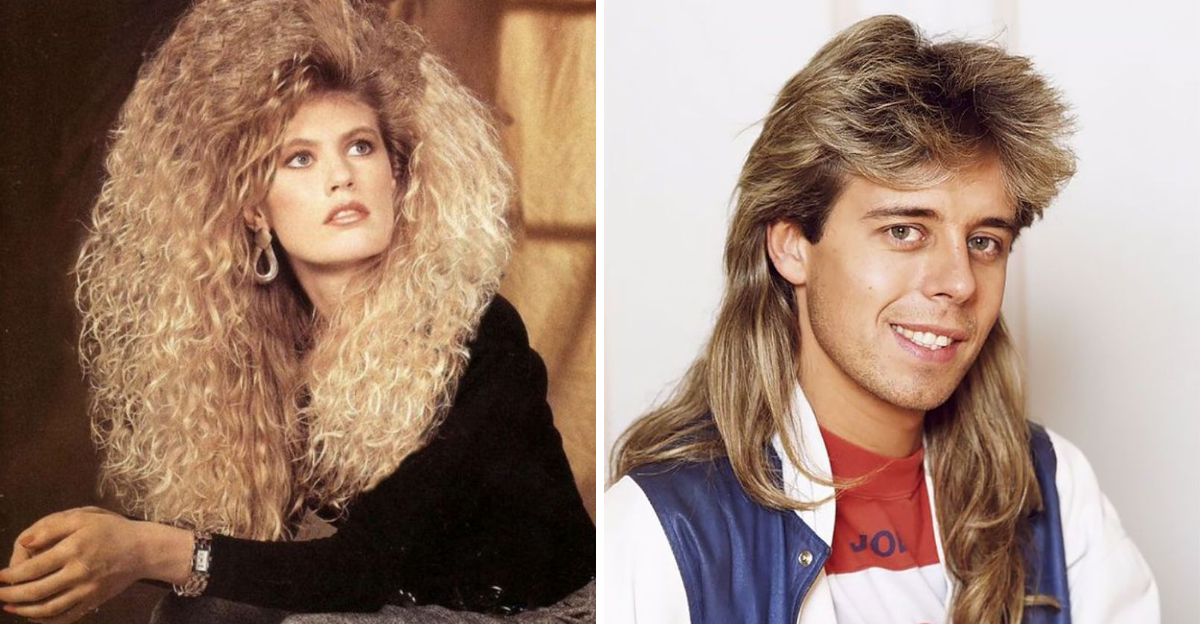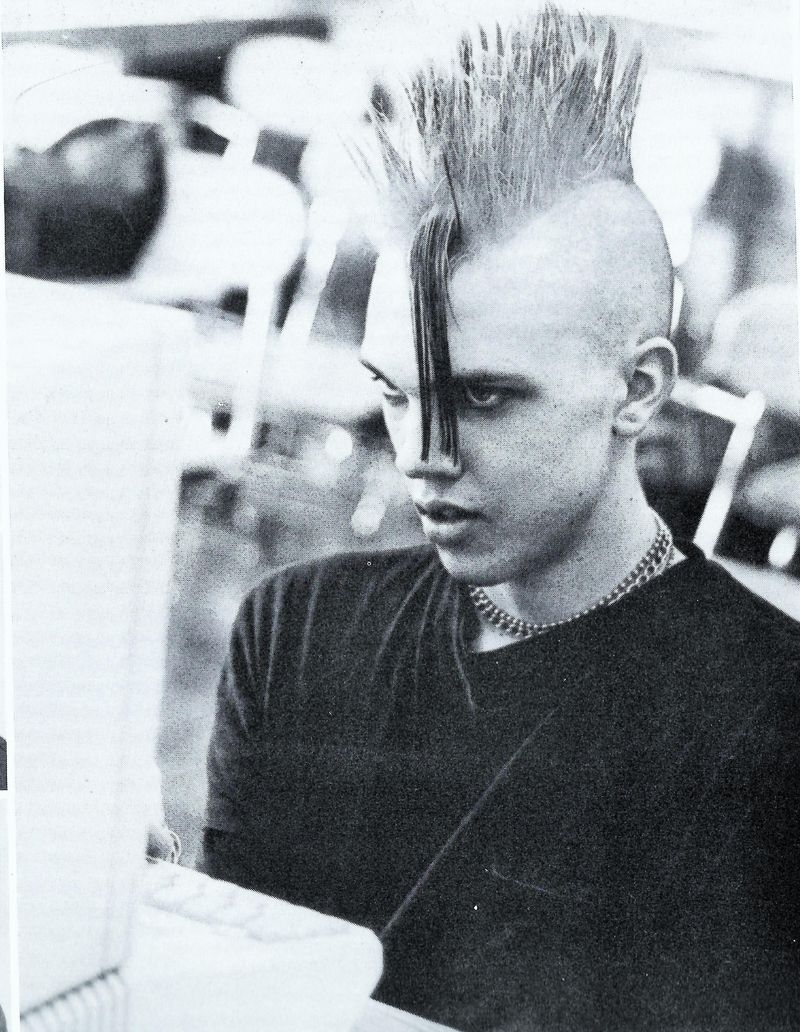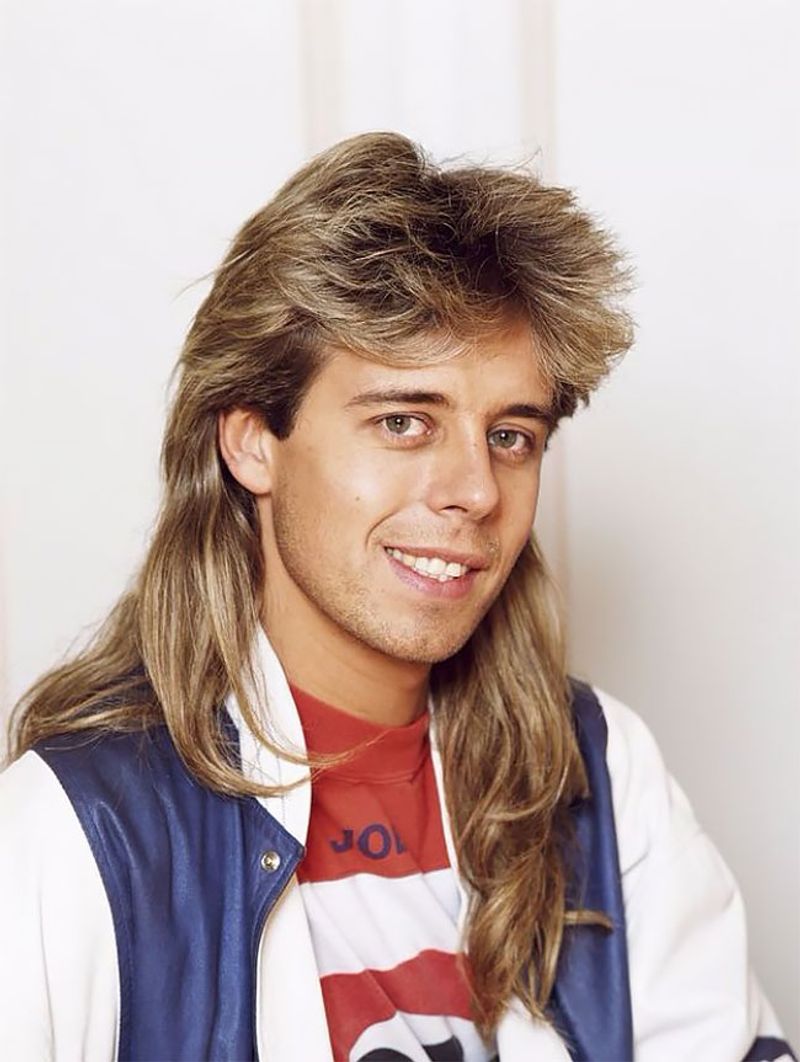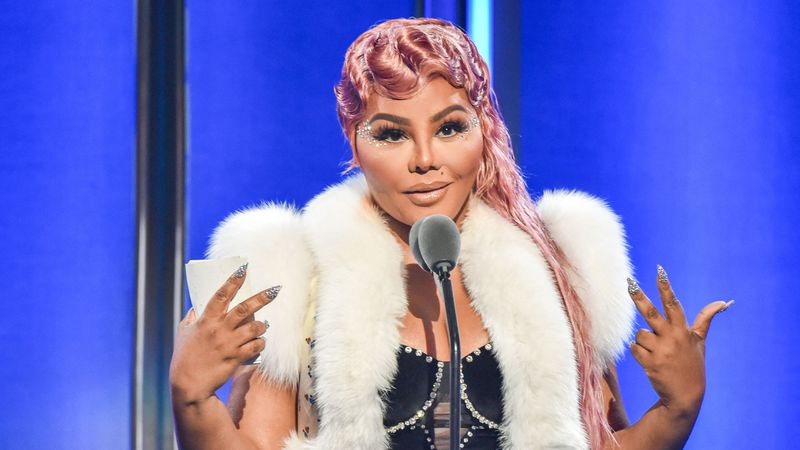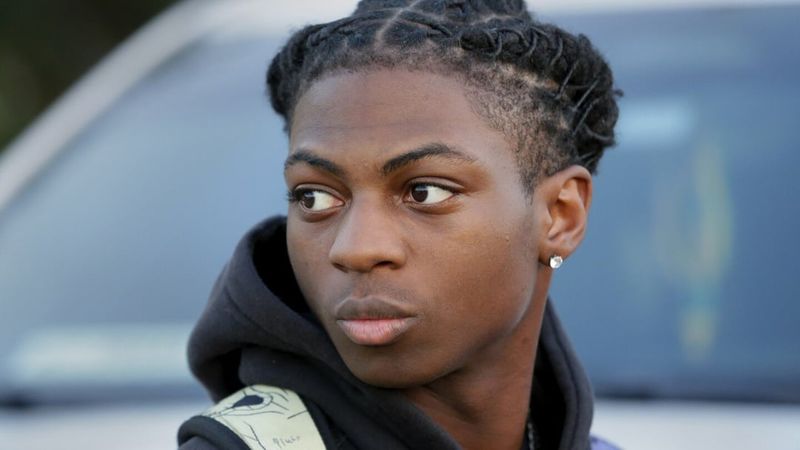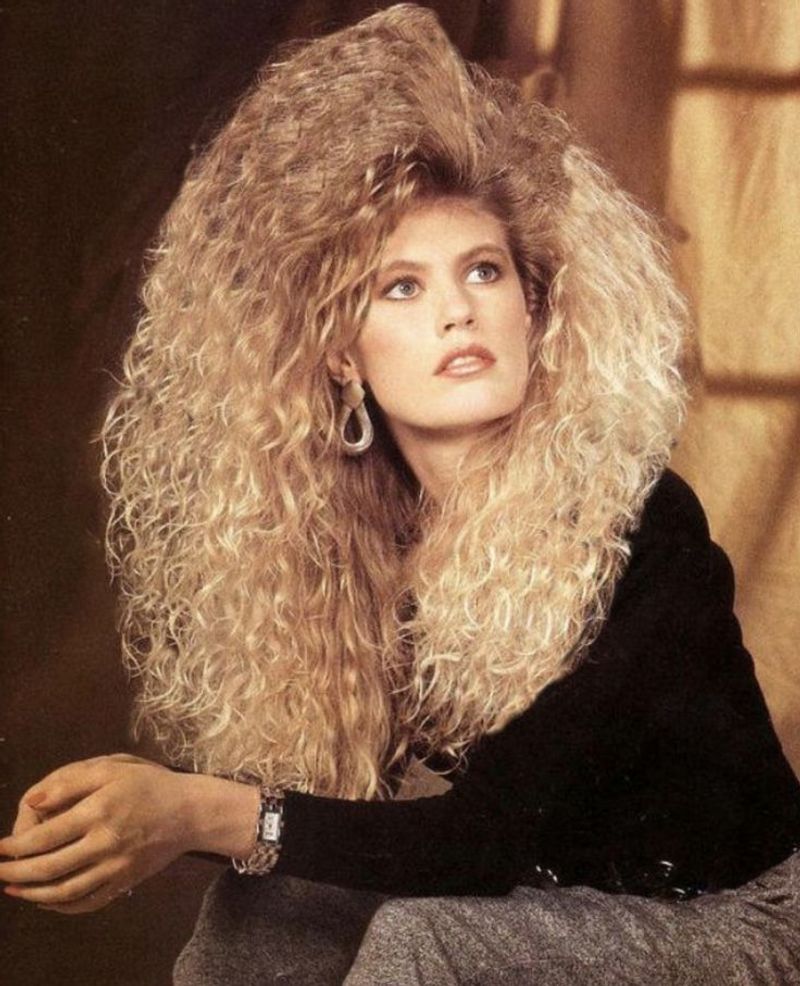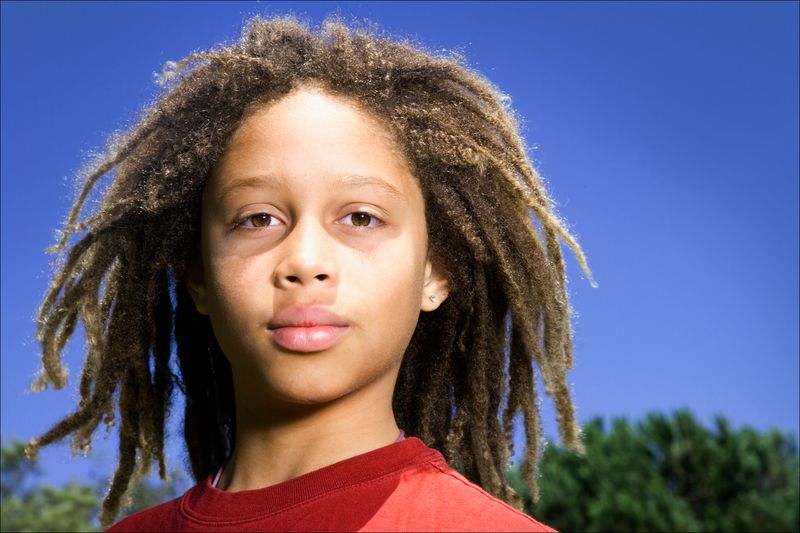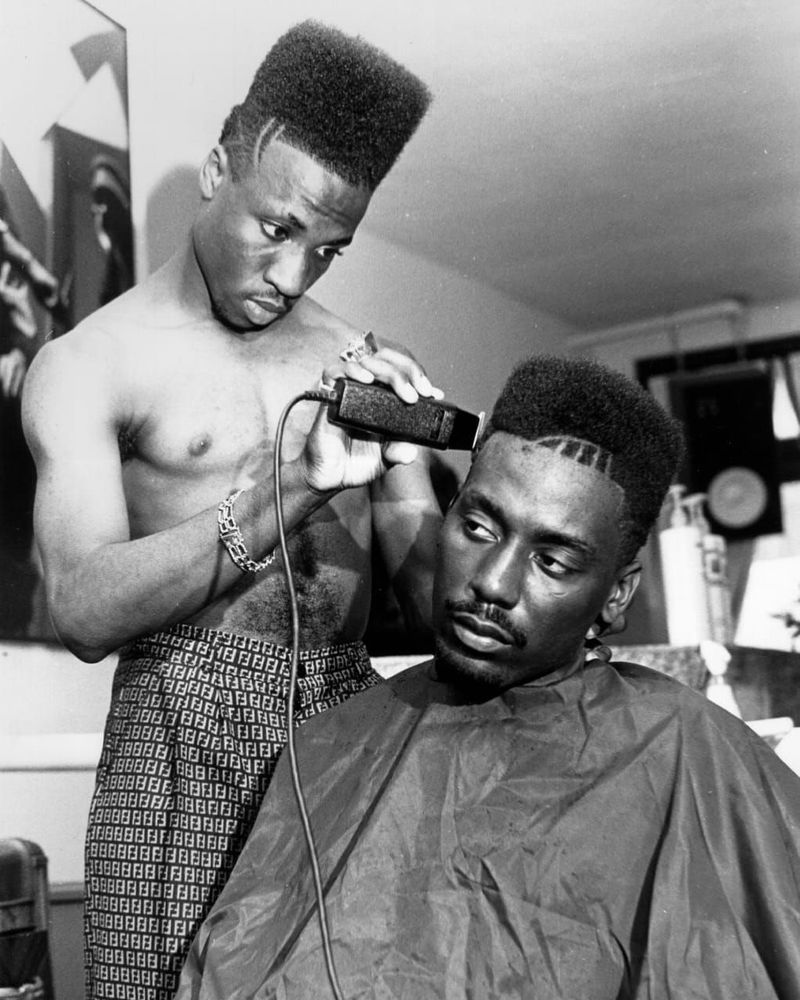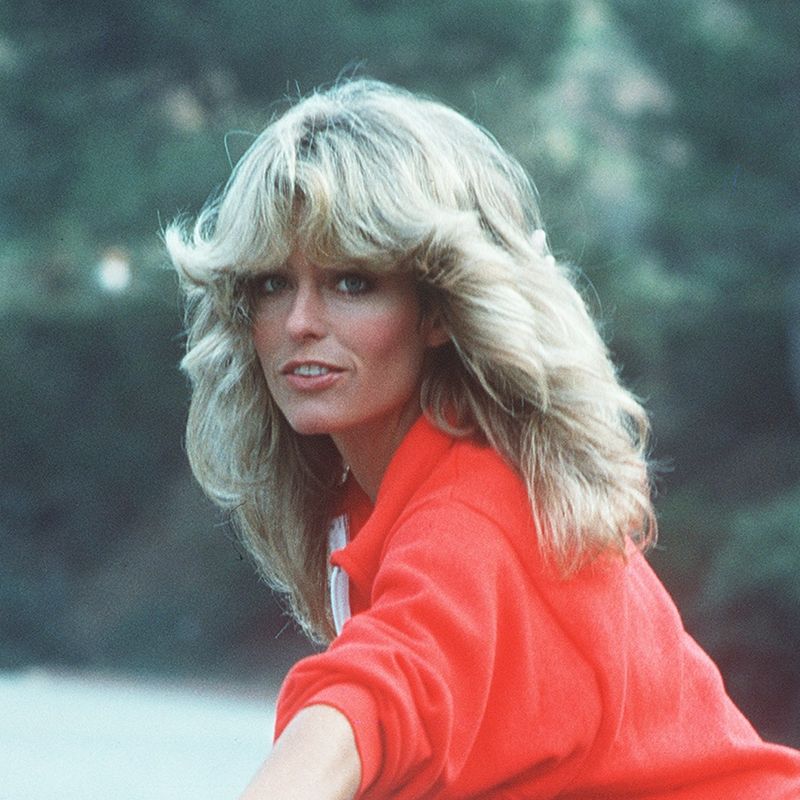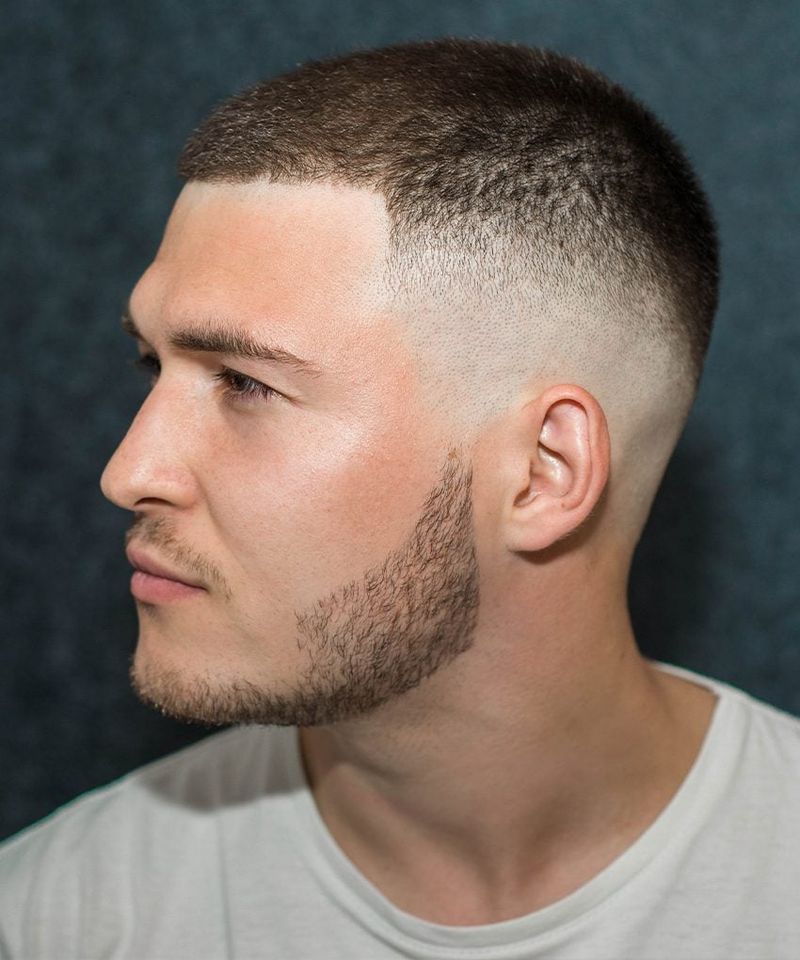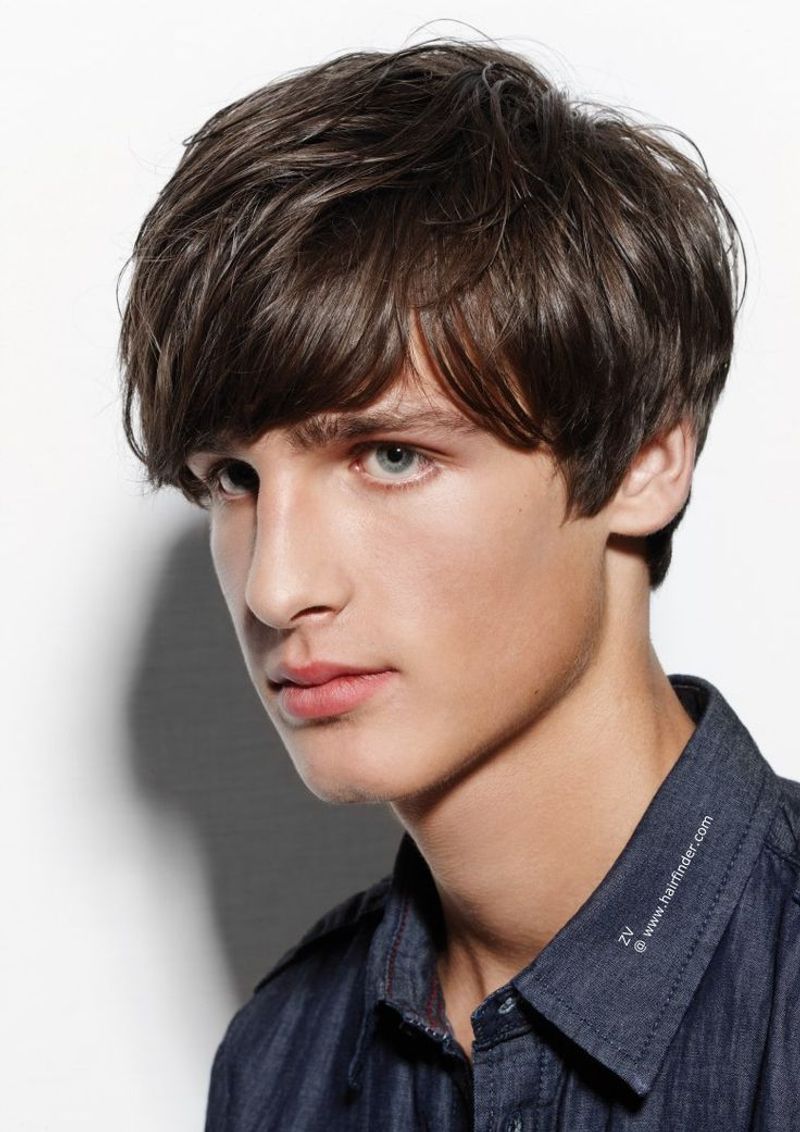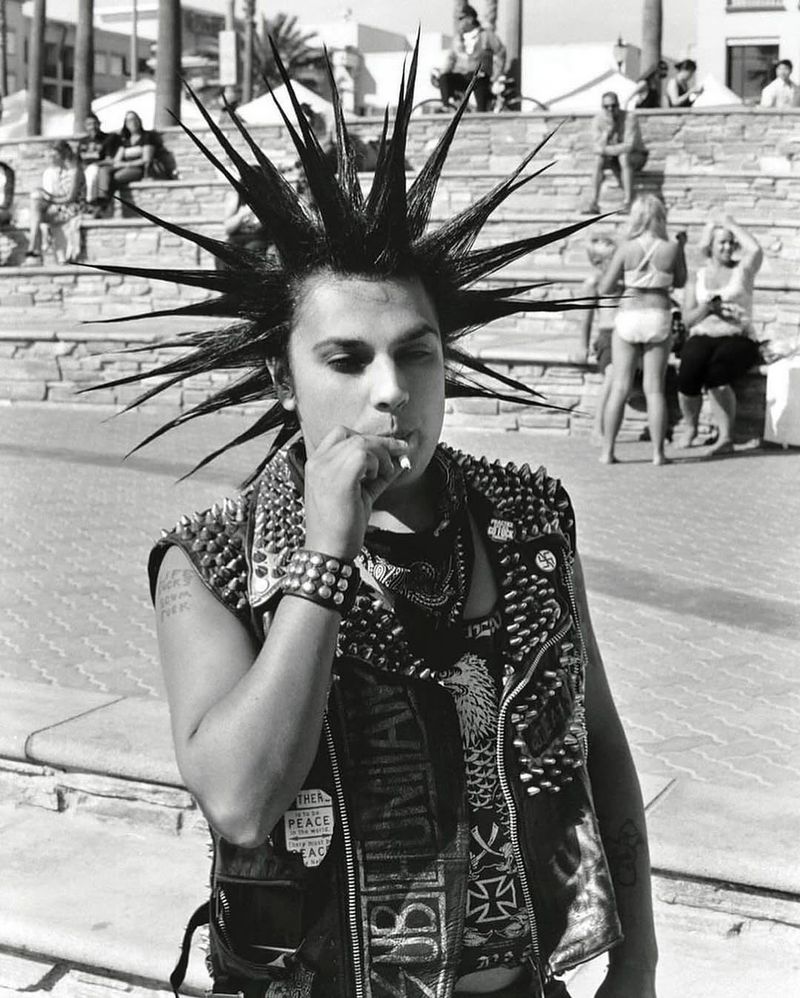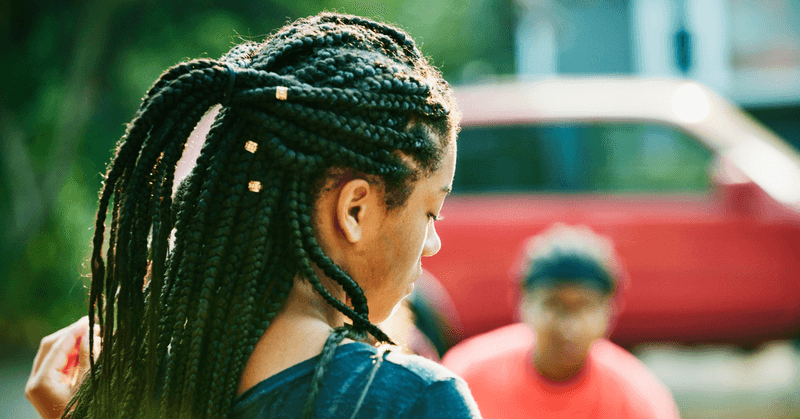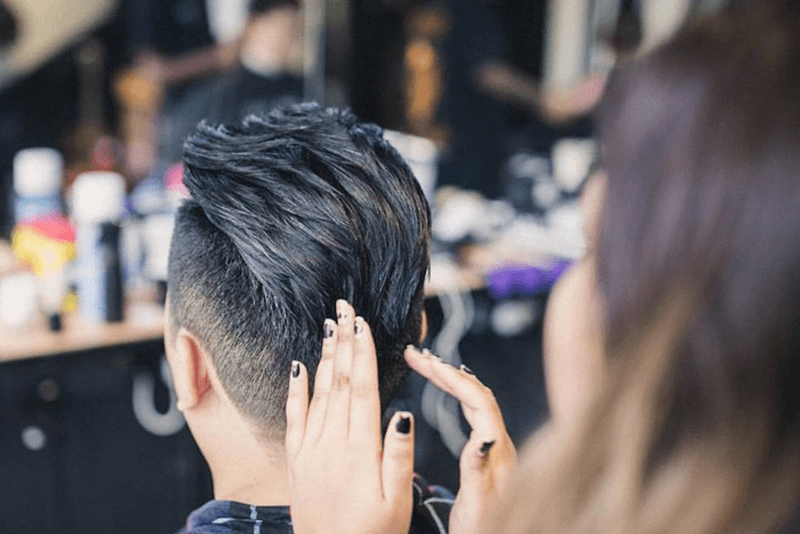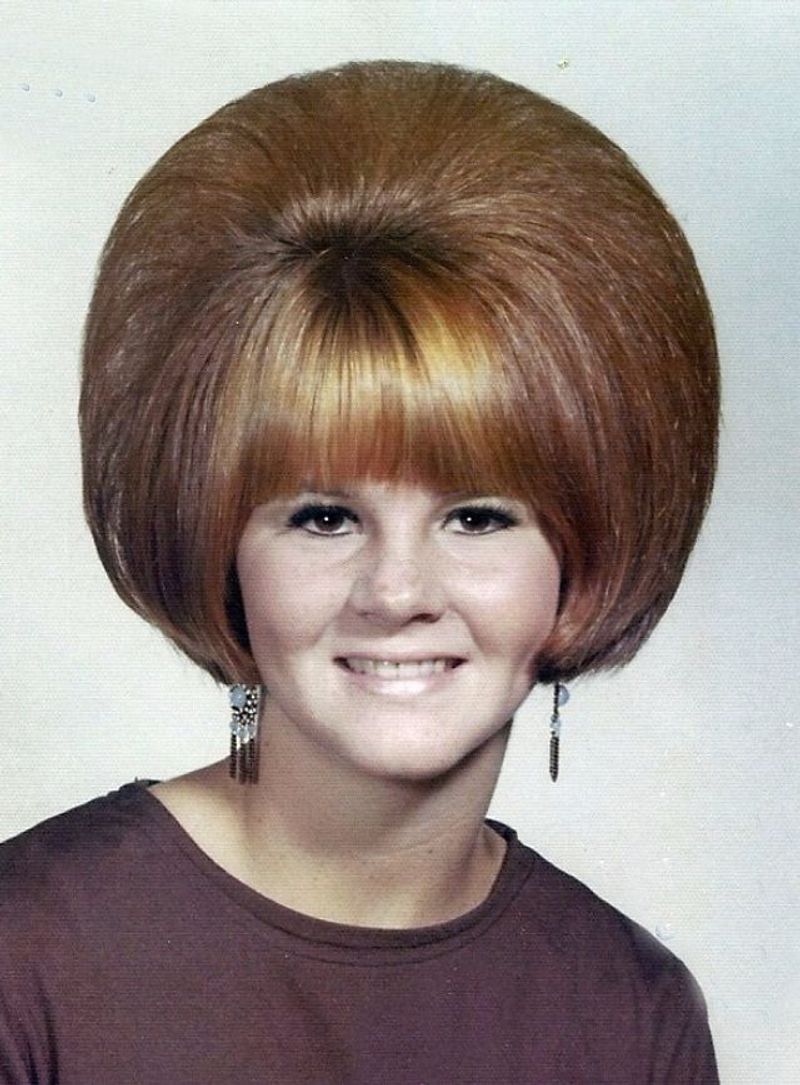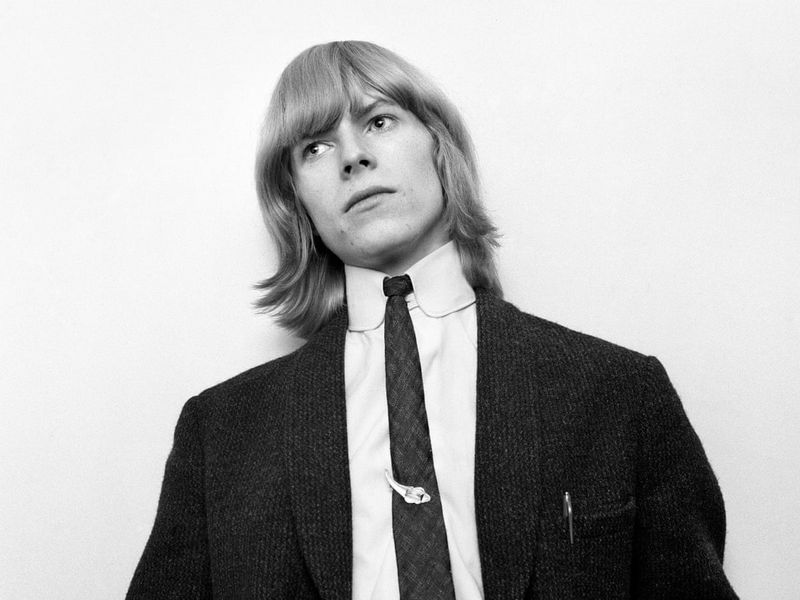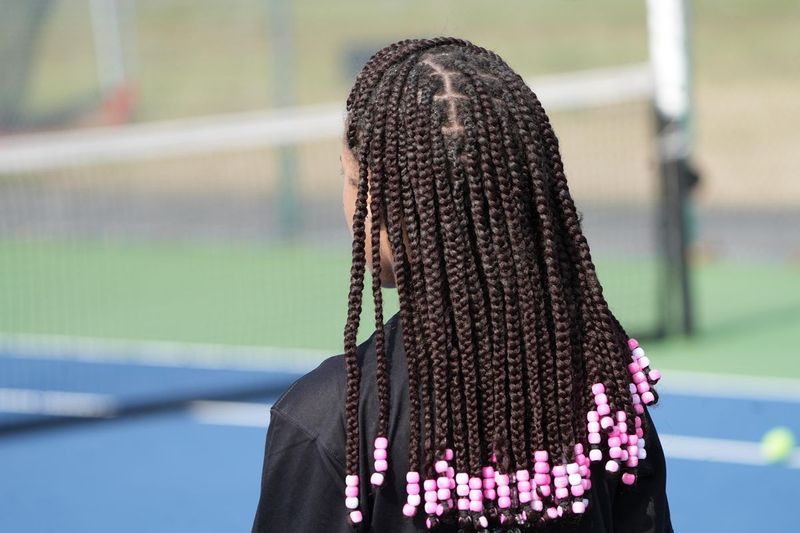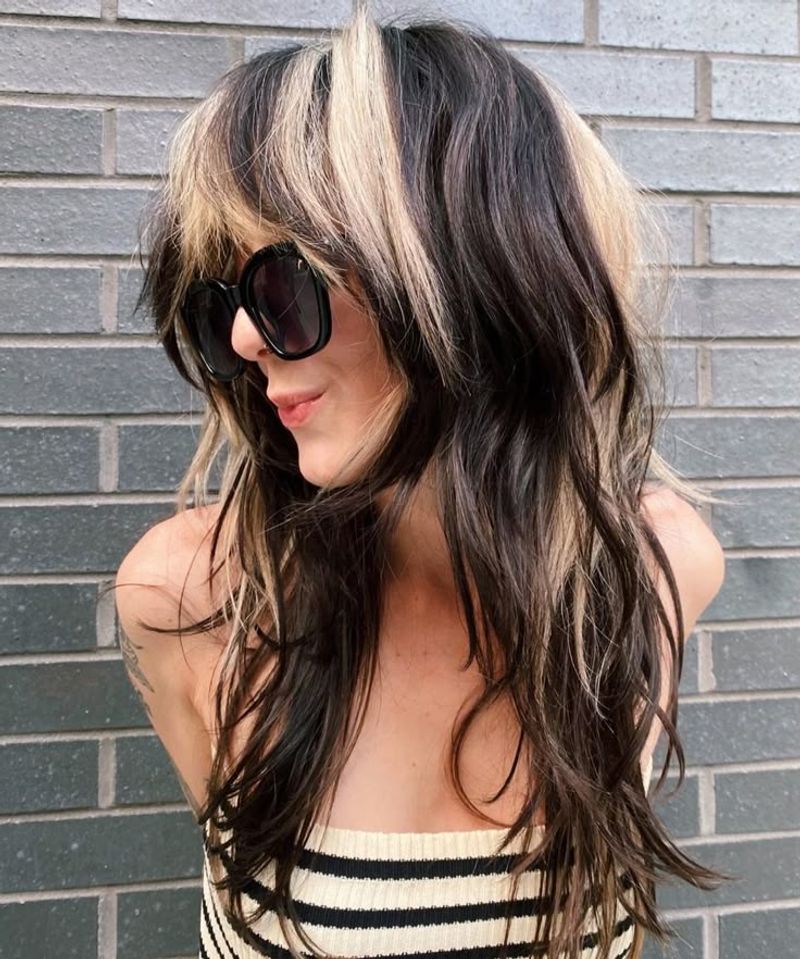Remember when your hair choices could land you in the principal’s office? High school hallways were battlegrounds where self-expression through hairstyles often clashed with school rules.
From dramatic mohawks to colorful dye jobs, these once-forbidden styles sparked heated debates between students fighting for individuality and administrators determined to maintain order.
1. The Rebellious Mohawk
Spiky, dramatic, and absolutely forbidden in most schools during the 1980s. Students sporting this punk rock statement were often sent home immediately.
Parents and teachers worried it promoted anti-authority attitudes while teens simply saw it as self-expression.
Related: -Thinking About Box Braids? Here Are 17 Things You Should Know
2. Mullet Madness
Business in front, party in back – the mullet caused unexpected uproar in conservative districts. School officials claimed the style was distracting, while students argued it was practical for sports.
Some schools even added specific anti-mullet clauses to dress codes!
3. Vibrant Unnatural Colors
Pink, blue, green – rainbow hues sparked immediate disciplinary action. Students expressing themselves through vivid colors often faced suspension for “disruption.”
Many teens fought back, arguing that hair color had zero impact on academic performance or classroom behavior.
4. Shaved Designs
Lightning bolts, stars, or words carved into short haircuts became battlegrounds for expression. Schools claimed these artistic statements promoted gang activity or inappropriate messages.
Parents often defended their children’s harmless creativity against seemingly arbitrary rules.
5. Teased-Up Hair
Massive, gravity-defying hairstyles of the 1980s weren’t just fashion statements – they were rebellion. Teachers complained these towering styles blocked classroom views.
The amount of hairspray required also raised legitimate fire safety concerns in science labs!
6. La cola de rata
That single, skinny strand of hair dangling down the back caused surprising controversy. Often braided or beaded, rat tails were banned for being “unkempt” or “distracting.”
Some clever students hid their rat tails under collars, revealing them only after school.
7. Dreadlocks Drama
Natural Black hairstyles faced discriminatory policies for decades. Students with dreadlocks were unfairly labeled “unprofessional” or “unkempt” by administrators.
Courts eventually ruled against many of these biased policies, recognizing them as culturally insensitive and potentially racist.
8. Flat-Top Fade Controversy
Popular among Black students in the late 80s, this geometric style with high, flat tops and faded sides faced pushback. Administrators claimed heights exceeding two inches were “distracting.”
Many saw these restrictions as thinly veiled attempts to control Black cultural expression.
9. Feathered Farrah Fawcett Flip
After “Charlie’s Angels” debuted, girls everywhere wanted Farrah’s iconic feathered look. Conservative schools deemed the sexy, bouncy style inappropriate for learning environments.
Girls spent hours perfecting the look, hiding hot rollers and brushes in their lockers between classes.
10. The Controversial Crew Cut
Surprisingly, even super-short military-style haircuts faced opposition in the 1960s-70s. During the Vietnam era, crew cuts were associated with pro-war sentiments.
Long-haired, anti-war students often clashed with their crew-cut classmates in heated political debates.
11. Shaggy Beatles Mop-Tops
When boys started growing their hair like John, Paul, George, and Ringo, schools freaked out. Many boys were sent home with notes demanding haircuts.
Some rebellious students wore wigs to school that could be quickly removed if confronted by teachers!
12. Spiked Liberty Spikes
Punk-inspired spikes standing straight up caused panic in 1980s schools. The style required massive amounts of glue, egg whites, or Elmer’s to achieve.
Administrators worried about the message of anarchy while ignoring the impressive physics knowledge needed to defy gravity!
13. Cornrow Controversies
Protective Black hairstyles faced discriminatory policies for years. Students wearing cornrows were often suspended for violating vague “neat appearance” rules.
Many schools only changed these biased policies after lawsuits and public pressure highlighted their discriminatory nature.
14. The Controversial Undercut
Long on top, shaved on sides – this style resurfaced in the 2010s but caused uproar in the 1930s-40s. Associated with Hitler Youth, the undercut carried heavy historical baggage.
Modern students were often unaware of these connections when facing school discipline.
15. Bouffant Bubble
The massive, rounded hairstyles of the 1960s required industrial-strength hairspray and teasing. Teachers complained these hair helmets blocked classroom views and distracted from learning.
Girls would sleep sitting up to preserve the style between school days!
16. Long-Haired Boys Scandal
Boys with shoulder-length hair in the 1960s-70s faced relentless harassment from schools. Many were forced to wear hairnets in cafeterias or banned from sports teams.
Some parents sued schools, arguing that different rules for boys and girls constituted gender discrimination.
17. The Jheri Curl Commotion
Popular among Black students in the 1980s, this glossy, chemical-treated style faced unexpected backlash. Schools cited concerns about activator products staining furniture and creating slip hazards.
The real issue? Administrators uncomfortable with Black students embracing trendy, attention-grabbing styles.
18. Controversial Cornrow Beads
Beaded ends on braids and cornrows faced specific targeting in dress codes. The soft clicking sound as students moved became a frequent excuse for discipline.
Many Black students and parents recognized these policies as attempts to suppress cultural expressions and fought back.
19. Two-Toned Skunk Stripes
Contrasting blonde chunks against dark hair became a rebellion symbol in the late 1990s. Popularized by celebrities like Ginger Spice, schools claimed these dramatic streaks were “distracting.”
Students argued that expressing themselves through temporary hair changes helped them discover their identities.

